Story by Pete Shaw
Of all the forms of struggle against oppression, there is none more fundamental than memory. It is the substrate from which all resistance germinates. Nurtured and nourished, those sprouts bloom, fruit, and scatter more seed upon ground both hallowed and fallow, their shoots pushing up with great tenacity against at times seemingly insurmountable odds. And if persistently tended to, one day there is a great blooming followed by a once unimaginable yield. Apparently come from nowhere, that Spring and subsequent harvest is the product of years–even generations–of hard work by people, often left unnamed if not unknown, who refused to give up their memory, even when that defiance seemed an exercise in frustration and folly.
On May 12 two actions of resistance took place. They were not huge; not in the way of thousands of people marching in the street. But they were the small actions that over the course of time accumulate and create a place from where an event that is later deemed pivotal is birthed.
One of those actions, organized by the Oregon Dream Activists, took place at the Washington County Sheriff’s Office (WCSO) in Hillsboro. Since US District Court Judge Janice Stewart’s momentous decision on April 11 that said honoring Immigration and Customs Enforcement (ICE) detainer requests without probable cause violates the Fourth Amendment to the Constitution and leaves sheriffs’ departments open to lawsuits, 28 of Oregon’s 36 sheriffs have said they will abide by Stewart’s decision.
That narrative, however, is misleading. Stewart’s opinion and the sheriffs’ willingness to obey did not spring from the goodness of their hearts. It was pressure–relentless pressure–that forced their hands. It was numerous phone calls, letters, meetings, rallies–all based on creating and continuously expanding community solidarity–that brought about this important moment.
Prior to the Stewart decision, the WCSO had insisted that it had no alternative but to obey the ICE detainer requests, despite numerous examples from around the country showing it did indeed have a choice. In a Facebook post to one Dream Activist, the WCSO wrote, “In cases where ICE issues a detainer, the Code of Federal Regulations (CFR) provides, in part, that local authorities ‘shall maintain custody’ of the person if ICE issues a detainer in order to permit assumption of custody by the Department (ICE)…While we recognize that there is some debate around the overall policy, the CFR language and it’s (sic) obligation to local authorities is clear.”
Now, Washington County Sheriff Pat Garrett is among those 28 sheriffs who have said they will abide by Stewart’s decision. At a forum held on April 24, Liliana Luna of the Oregon Dream Activists was very clear about what she thought of this sudden shift of tone. “Because of all the work that all of you have done,” she told the audience, “that is why we have this change in policy. Not because the sheriff was a really noble person and wanted to support the community, and we know that. I have nothing to thank the sheriff for. He is not on our side. They’re not on our side. They might say that they are, but they are scared that we are going to sue them.”
Thus, when on May 12 thirty immigrants and immigrant rights activists marched into the WCSO, their message was short and clear: “Sheriff Garrett, we won’t forgive or forget your actions, and we will continue struggling for an end to all deportations, for the right to migrate, and for an end to police violence.” They were there to bear witness to the fact that people can still be deported, and to let the sheriff know that community members are watching will hold him accountable should he honor any ICE detainer request.
As well, members of the immigrant community said they are “unhappy with past deportations and ongoing racial profiling by the sheriff.” That racial profiling has a lot to do with the Department of Homeland Security’s Secure Communities program which has sought to justify detention and deportation of immigrants–meant to be understood as those immigrants with brown skin–by labeling them all as violent criminals. In reality, however, over 80% of those who have been detained by ICE were originally taken in for non-violent crimes and are a far cry from the threat to national security and public safety that ICE propaganda declares they are.
On the other hand, for those who have been torn away from their families, and for those family members left behind, the collusion between sheriffs’ departments and ICE is nothing short of terror. Quite predictably, ICE and local law enforcement, in their zeal to detain and deport, were actually creating unsafe communities. People who are worried the police will rip them or their loved ones away are not likely to call the police when there is real trouble.
Through relentless organizing and education, immigrants and their allies in the immigrant rights movement began pushing back against ICE, demanding that the US–whose trade policies have resulted in the political and economic unrest that have driven many immigrants here, and whose economy is substantially dependent upon the work of immigrants–respect their right to be treated as humans, not cogs in a machine.
“We are undocumented,” said Oregon Dream Activist Sindy Avila. “We have rights. We will keep our communities safe ourselves.”
An audience with Sheriff Garrett was sought. However, according to Chief Deputy Bill Steele, Garrett was gone for the day, as it seems all sheriffs are when large groups with big chips on their shoulders demand to see them. The crowd began chanting. Steele asked them to stop because there were meetings going on in the building. As a result, something more powerful took place.
People sat down, in front of a banner reading “Out of the shadows, into the streets,” and listened to Washington County residents who had been detained or had family members detained by ICE–and sometimes deported–tell their stories. These were not the voices of rapists, drug dealers, armed robbers, murderers, and whatever other types of danger and menace ICE has created to justify its unjust actions. These were mothers, fathers, brothers, sisters, aunts, uncles, children–members of families and communities that have been torn apart. That history–their history–standing in opposition to ICE’s racist narrative, was once again declared and affirmed.
Soon, some activists hung a banner reading “Our community is watching you” from the balcony. They were asked to remove it, but would only do so under the condition of a meeting with Garrett. Possessing the same unearthly powers that Multnomah County Sheriff Daniel Staton has displayed on similar occasions, Garrett somehow materialized in the building. At first, through Steele, he said he would meet with only three members of the group. After a brief conference by the ralliers, Steele was asked to tell Garrett that he would either meet with the whole group or the group would remain through the night. Steele said he was sorry, but it had to be three.
What followed was entirely foreseeable. The ralliers turned up the heat, marching and chanting, draping their banners from the balcony. Garrett had little choice but to meet with them, which he did outside on the sidewalk.
There, as Oregon Dream Activist Jaime Guzman said, they reminded Garrett “of our stories and the violence he has done to our communities.” Those stories will nurture future actions because Stewart’s decision and the sheriffs acknowledgement of it are exactly as Luna implied: only to be trusted to the extent that pressure from the community leaves them no choice but to stop working with ICE. They are not stories of manna come down from a courtroom and sheriffs offices across the state. They are stories of resistance, of action from below demanding and forcing change,. And their memory–the continued crafting of the history of the immigrant rights movement–will foster even greater resistance.
A little later in the day, but along the same arc of history, a memorial was held at the Allen Temple CME Church in Portland. Almost exactly 4 years to the minute prior, seven Portland police took part in murdering Keaton Otis. Otis, 25 years old, was shot 23 times by three Portland police officers just moments after three other officers of the same Hot Spot Enforcement Team used Tasers on him. Later, Officer Ryan Foote would say he pulled over Otis because “He was wearing a hoodie…He kind of looks like he could be a gangster.”
None of the seven officers at the site of Otis’s profiling and murder have been held accountable.
At the memorial, Jo Ann Hardesty said, “Keaton Otis is dead because he was driving his mother’s car in Lloyd Center on a sunny day while wearing a hoodie.”
“This is common policy: stopping people based on the color of their skin and filling them with bullets,” said Dan Handelman of Portland Copwatch.
That policy–and the subsequent whitewashing of its outcomes–is hardly unique to Portland. According to a 2012 study by the Malcolm X Grassroots Movement relying on both police reports and eyewitness accounts, a Black person is killed by police, security guard, or vigilantes every 28 hours in the United States. Walidah Imarisha noted, “Looking like a gangster means looking young, Black or Brown. The Portland police are not separate from this country. They are endemic of the problem.”
Hardesty, connecting Otis’s death with a pattern of racial profiling, brought up the case of the case of the 9 year old girl from the New Columbia neighborhood who last year, after allegedly getting into a fight with another girl, was arrested, handcuffed, thrown in the back of a police car, and taken to jail by two police armed to the hilt. The excuse given by the police has been that there is no written policy on how to deal with such a situation, although it would seem if a person does not know that you shouldn’t be treating a 9 year old girl this way, then he probably shouldn’t be a police officer. But, as Hardesty suggested, that treatment likely had more to do with the color of the girl’s skin than the lack of written policy.
“Do we value white life more than Black life in the City of Portland?” she asked the assembled. “Is it okay that we have city leaders that value white life over Black life?”
Dr. Leroy Haynes of the Albina Ministerial Alliance told the crowd there will come a time when “Keaton Otis will be the case always related to when we think of how we address racial profiling.” The movement for justice for Keaton Otis, and for Portland’s communities of color, he said, was “part of a greater movement for humanity. This movement cannot be crushed and will not be crushed.”
Haynes would know. He has fought for greater freedom, justice, and equality–what he called “part of the struggle of the making of America”–for over 40 years. In that time, he has met many people like Fred Bryant, the father of Keaton Otis, who had “never been in a freedom movement, but had a vision that would not rest.”
Too soon gone, Bryant passed last year on October 29. On the twelfth of every month, at NE Halsey and 6th, he held a vigil for his son at 6PM as part of his fight for finding justice for Otis. That fight–the persistence with which he fought it, both for himself and his son, and also for a community that has lost too many of its young people to the police–no doubt helped contribute to his death. But as Haynes stated, “There’s a torch for freedom, justice, and equality that will not stop burning” and that while “you can kill those who struggle for justice, you can’t kill the idea of justice. We have to keep moving, keep fighting, and keep knocking on the door of justice.”
Alyssa Bryant, Keaton Otis’ brother and Fred Bryant’s daughter, talked about taking up her father’s cross and how she has often asked herself if she wants to go on. Behind her was a stained glass of Jesus in the Garden of Gethsemane. In the Gospel of Matthew, a distraught Jesus prays there, seeking some alternative to the suffering he will soon endure, petitioning, “My Father, if it be possible, let this cup pass from me; nevertheless, not as I will, but as thou wilt.” Echoing that scene while bathed in its light, Alyssa Bryant told the audience, “My dad wanted this, so of course I go on.”
She then spoke about attending a conference on April 22 in Washington, DC that focused on racial profiling. At the conference, she was surprised to find that many people still want to know about her brother four years after his death. That memory remains, refusing relegation to the dustbin of the PPB’s and the City’s history, opposing those who would have us believe we are living in a brave new post-racial society.
Memories and the histories they create are powerful things. So powerful that those who oppress insist on imposing their memory on everyone, including those whose backs they wish to break and whose spirits they seek to crush. Refusing compliance with their stories is an extraordinary act of resistance, even in seemingly minor events such as the two mentioned above, each of which saw about 30 people in attendance. It requires the fortitude to decide each day that the true stories will remain alive, fighting against the dominant and unjust narratives that seek to subvert truth so as to justify what is unjust, inspiring those who carry on, and declaring we–not our oppressors–are the ones who will determine our narrative and our history.

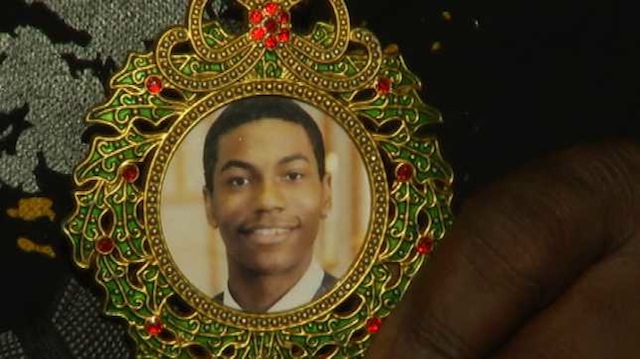
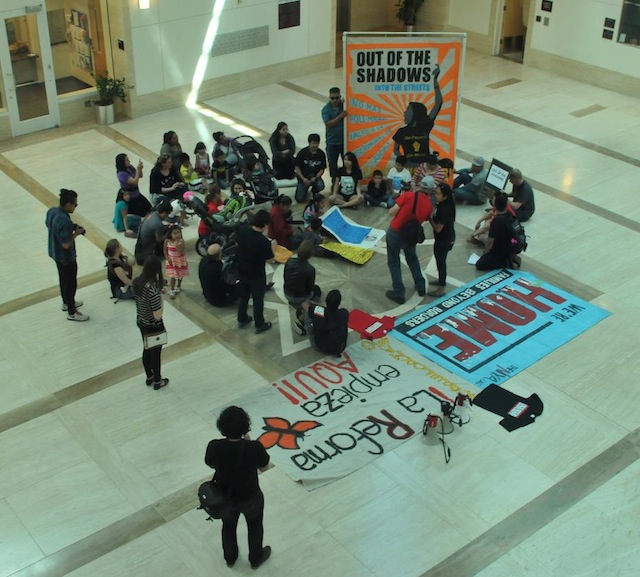
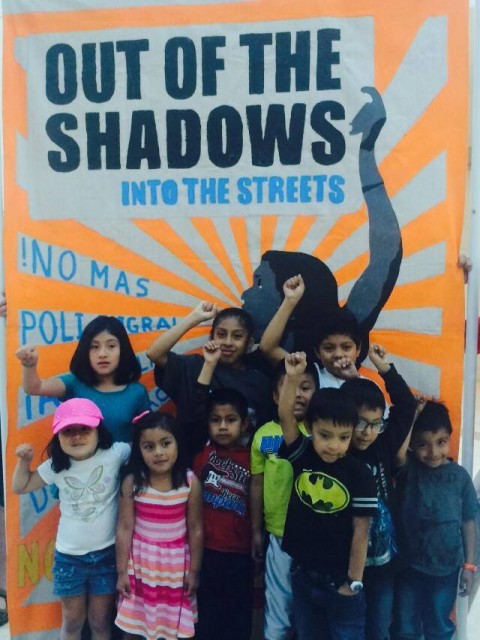
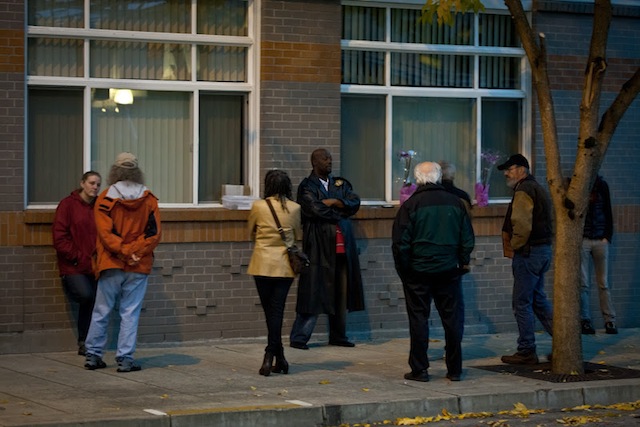
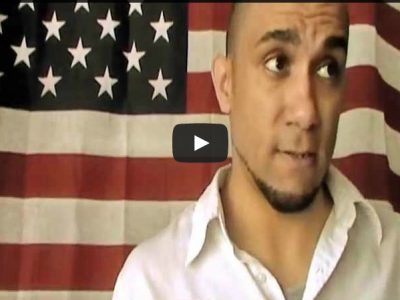
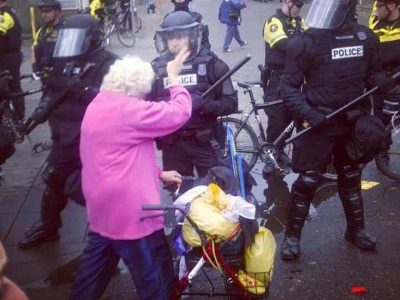

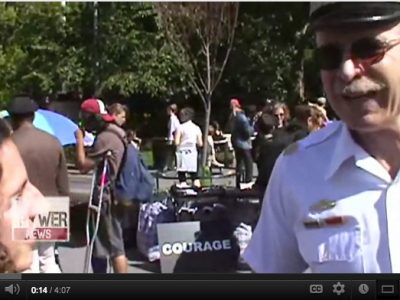

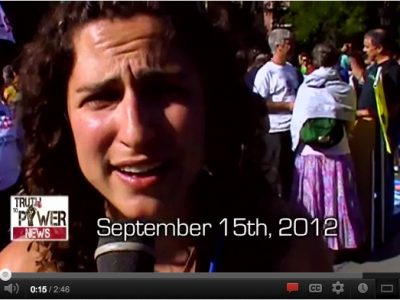
1 comment for “Communities Fight for History on Road to Justice”